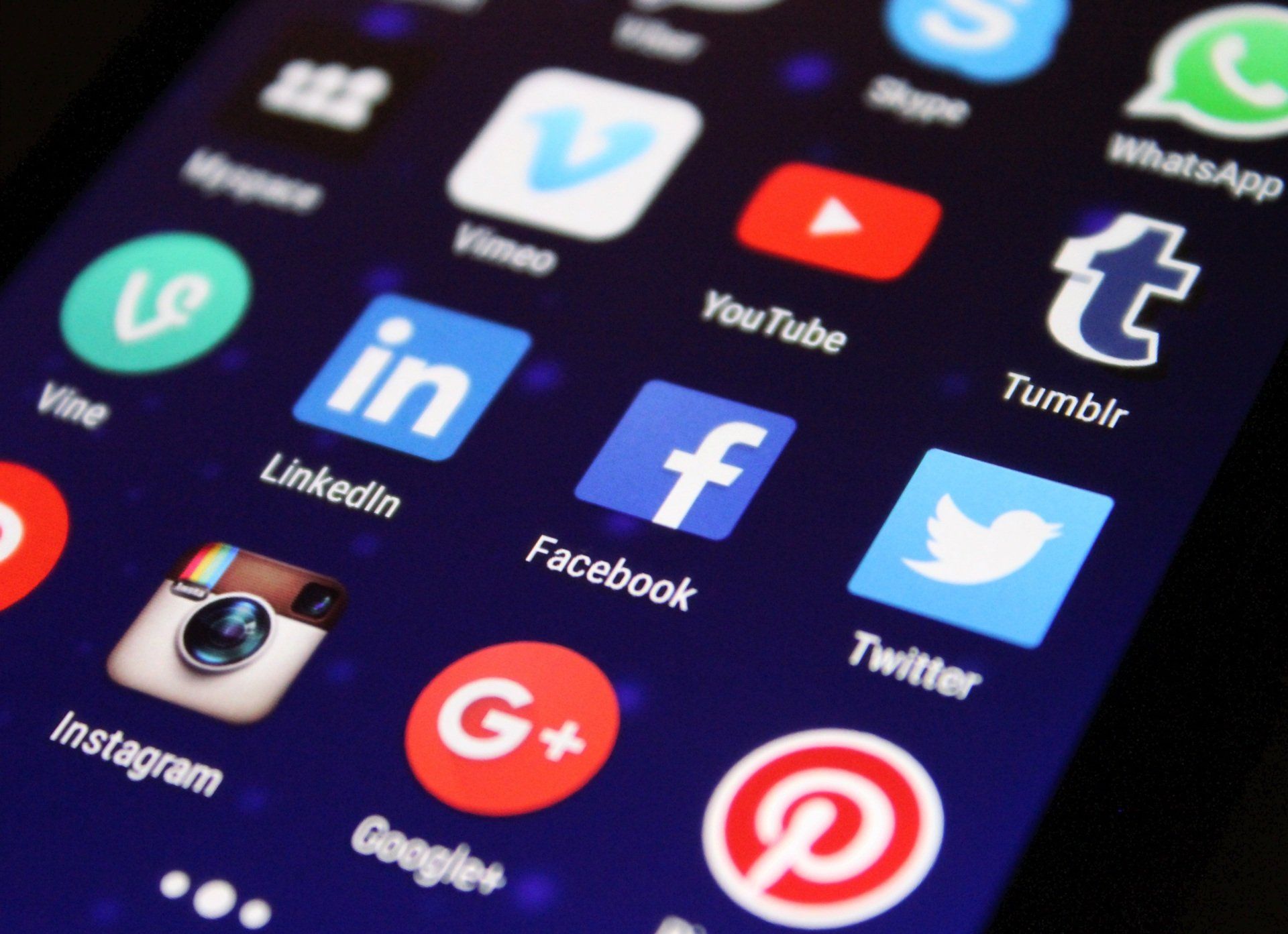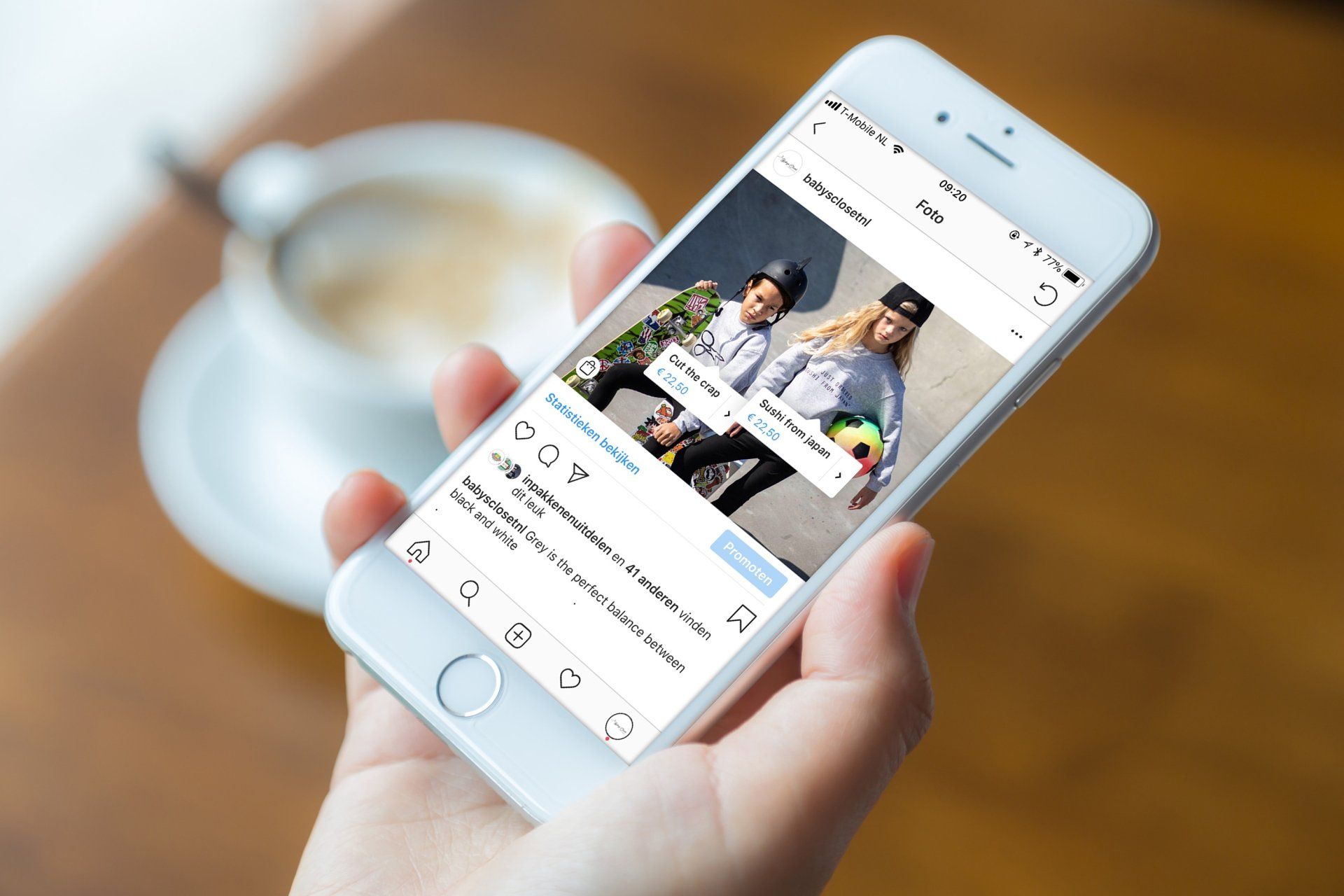20 Surprising Influencer Marketing Statistics
Share this with your friends
Influencer Marketing Statistics
Interest in influencer marketing has only grown, which means a lot of research has been conducted, producing interesting statistics. So let's take a look at some of the most eye-popping results of these studies. Here are 20 influencer marketing stats that will surprise you.

1. 70% of Teens Trust Influencers More than Traditional Celebrities
It's extremely difficult for brands to build the same level of trust that influencers possess, but thanks to influencer marketing that trust can be transmitted to your brand. So much so that 4 in 10 Millennial subscribers say their favorite influencer understands them better than their friends. Another effect of influencer marketing is that brands don't have to waste resources promoting themselves, and instead use influencers to speak on their behalf and deliver the message they want people to hear and trust.
2. 86% of Women Use Social Media for Purchasing Advice
This statistic should be important to any brand that either has women as their primary target audience or within their scope of ideal customers. It seems if you want to reach more women and get them to buy your product or service, you need to be present on social media and aware of the influencers they are interested in. And this behavior is growing, as 78% of women are active on social media with a preference for Snapchat and Instagram. When it comes to influencer marketing, over half of women made purchases due to influencer posts. The key to engaging this cohort through influencers is to be genuine and inspirational.
3. 49% of Consumers Depend on Influencer Recommendations
This statistic demonstrates the growing importance of social media influencers for brands to connect with their audiences. Not only do 49% of consumers depend on influencer recommendations, 40% had purchased something after seeing it on Twitter, YouTube or Instagram. If consumers feel confident about an influencer's recommendation, they are more likely to make a purchase. Brands are able to piggyback on the trust of influencers.
4. TikTok has created a $1 billon Creator Fund to nurture influencers
To encourage creators that dream of making a living from TikTok using their unique voice and creativity, the platform launched the TikTok Creator Fund in 2020. This fund requires creators to have up to 100,000 video views over a month to be eligible and is a reward to TikTokers for bringing joy to large audiences. The fund started at $200k and is expected to grow to $1bn in the U.S over the following three years. Their aim is to build an army of influencers that can make a living through brand partnerships, sponsorship and representation deals. Some of the first recipients of the fund were chef Matt Broussard, ‘Kombucha girl’ Brittany Tomlinson and prankster David Dobrik.
5. Influencer Marketing Campaigns Earn $5.78 for Every Dollar Spent
The State of Influencer Marketing 2020 found that 66% of marketers plan to increase their influencer marketing budgets, this area of marketing is becoming the fastest-growing channel for brands, beating organic search, paid search and email marketing. In addition, businesses earn $5.78 for each dollar spent on influencers, with some seeing as much as $18. That's a significant return on investment and you can figure out your ROI using a social media calculator. In terms of influencer channels, Instagram and Twitter are cited as the most effective platforms.
6. Influencer Marketing Helps Brands Acquire Better Customers
It's becoming more important than ever to build relationships with influencers who resonate with your brand and to create campaigns that are aligned with the values of an influencer's followers. In addition, 51% of marketers say influencer marketing helps them acquire better customers.
7. 57% of Fashion and Beauty Companies Engage in Influencer Marketing
Fashion and beauty are industries that rely heavily on influencer marketing, as organic growth for brands has become more challenging without advertising and amplification. In this sector, 57% of companies now use influencers as part of their marketing mix, while 21% are planning to add this to their strategy in the coming year. Many brands now use influencers to great success such as Tropicana using @foreveryoursbetty, Tess Daly who has landed deals with Benefit and boohoo gaining hundreds of thousands of followers on Instagram. However, while many fashion and beauty brands are keen on using influencers, many want to ensure that those they choose have social consciousness sincerity to drive success.
8. Major Brands Plan to Increase Spend on Influencer Marketing
More brands and marketers are coming to realize the incredible results that influencer marketing can produce. This impact is resulting in an increase in spending, with some 71% of marketers planning to increase their budgets in the next 12 months with the majority preferring to work with micro-influencers. Not only is spend increasing to help boost brand awareness, reach new audiences and improve brand advocacy, but it’s also fast becoming an important channel, with many marketers setting campaign KPIs to measure success.
9. The Influencer Marketing Industry is Expected to Hit $13.8bn by 2022
As an industry, influencer marketing has expanded exponentially over the past two years. Worth just $1.7 billion in 2016, the industry is set to reach $13.8 billion by 2022 as the industry witnesses more growth and becomes a more effective marketplace. This growth means more widespread use and will require marketers to evolve influencer marketing strategies in the way campaigns are measured, create analytics to scale campaigns and look at how to manage relationships between brands and influencers.
10. 82% of People Trust Social Networks to Guide Purchasing Decisions
Over three-quarters of consumers trust opinions they find on social media, including those from friends, families and influencers, to help them make the right decision about buying a product or service. This creates huge opportunities for marketers in the promotion of products (sponsored or not) to reach new audiences and influence key cohorts by catering to Gen Z and Millennials.
11. Social Media Marketing Has Surpassed Print Marketing
What this means is brands are undergoing a transition in the ways they spend their marketing budgets. Expensive and inefficient ad buys, such as many of those found in newspapers and magazines, are giving way to influencer marketing. The return on investment in social media marketing is now far outpacing any traditional medium.
12. 42% of Customers Use Ad-Blocking Technology
More and more Internet users are removing traditional ads from their online experience. In the US ad-blocking usage is 37% on laptops and 15% on mobile, as consumers are tired of being hammered with pop-ups and banners. But influencers are now filling the gap. People aren't blocking videos from their favorite social media celebrities - in fact, they're eating up every word they say. Advertising power is shifting to real people and influencers.
13. Marketers Spend up to $100,000-$500,000 on Influencer Marketing Campaigns
Spending on influencers has gone up over the past few years, and it's only going to increase. Many budgets for influencer marketing are on the rise, with 19% of marketers expected to invest an average of $1,000-$10,000 followed by 18% spending $100,000 to $500,000 in multifaceted campaigns.
14. 41% of Twitter Users Intended to Purchase Based on a Tweet
It seems Twitter influencers do, as a matter of fact, have the ability to impact the purchasing decisions of followers. On the platform, influencers are now rivaling friends in terms of building trust, with 61% of Twitter users following a creator resulting in a 61% lift in brand favorability and a 64% increase in recommendation intent. Engaging in marketing campaigns with influencers clearly has the potential to drive up sales of goods and services and newsjacking on Twitter may also be something to consider.
15. Couples are changing influencer marketing
Couples are emerging as a new wave of successful influencers across platforms. Using their relationship, many are leveraging their status to build a brand. Reality TV is one of the main drivers with participants in series such as ‘Love Island’ and ‘Strictly Come Dancing’ creating stars that can influence an audience. Think Joe Sugg and Dianne Buswell or Tommy Fury and Molly-Mae Hague. With over 10 million followers the former Duke and Duchess of Sussex (otherwise known as Harry and Meghan) combine their star power on Instagram to great effect.
16. Facebook is the Most Influential Social Media Network
With about 2.89 billion monthly users across the world, Facebook is one of the most influential social media channels, with 52% of purchasing decisions being influenced by the platform. Other social media networks are catching up to the giant, but Facebook is holding its own, especially with its ownership of Instagram and WhatsApp. Therefore, it's vital to stay active on Facebook and engage with influencers to expand your Facebook reach.
17. YouTube is Hot on Facebook's Heels
While Facebook is still the alpha dog, YouTube is snapping at its heels particularly when it comes to making millionaires of its influencers. The platform has made celebrities and influencers of regular people (think PewDiePie and Ryan’s World) and fame is open to all age groups and demographics. There's something for everybody on YouTube, and marketers are taking notice by putting more money into influencer marketing on the platform.
18. 60% of Consumers Have Been Influenced by Social Media or a Blog While Shopping at a Store
This changes the meaning of comparison shopping. According to research, 3% of consumers would consider buying a product in-store if promoted by a celebrity, compared to 60% for an influencer. Not only is the influence greater, but over half of customers are consulting blogs and social media on their mobile devices prior to shopping, highlighting the importance of easily accessible information and posts (social and blogs) to reveal a product's reputation.
19. Purchase Intent Increased by 5.2x by Influencers on Twitter
Part of influencer marketing research means discovering which social media networks are most suitable for promoting your brand and where your target audience can be found. According to Twitter, influencers created a 5.2x increase in purchase intent when users were exposed to brand and influencer tweets compared to 2.7x when just shown brand tweets.
20. 71% of Marketers Believe Influencer Partnerships are Good for Business
Influencer marketing campaigns should not be a one-and-done proposition. They are a valuable ongoing strategy in a marketer's toolkit, with a Mediakix survey revealing that nearly three-quarters of marketing professionals cite them as good for business. If you can partner with them and create a long-term relationship, making them ambassadors of your brand, the message they portray comes across as more trusted instead of promotional. It helps to boost your brand's credibility if you're seen as trusted by an influencer.
First published October 2018, Updated October 2021


